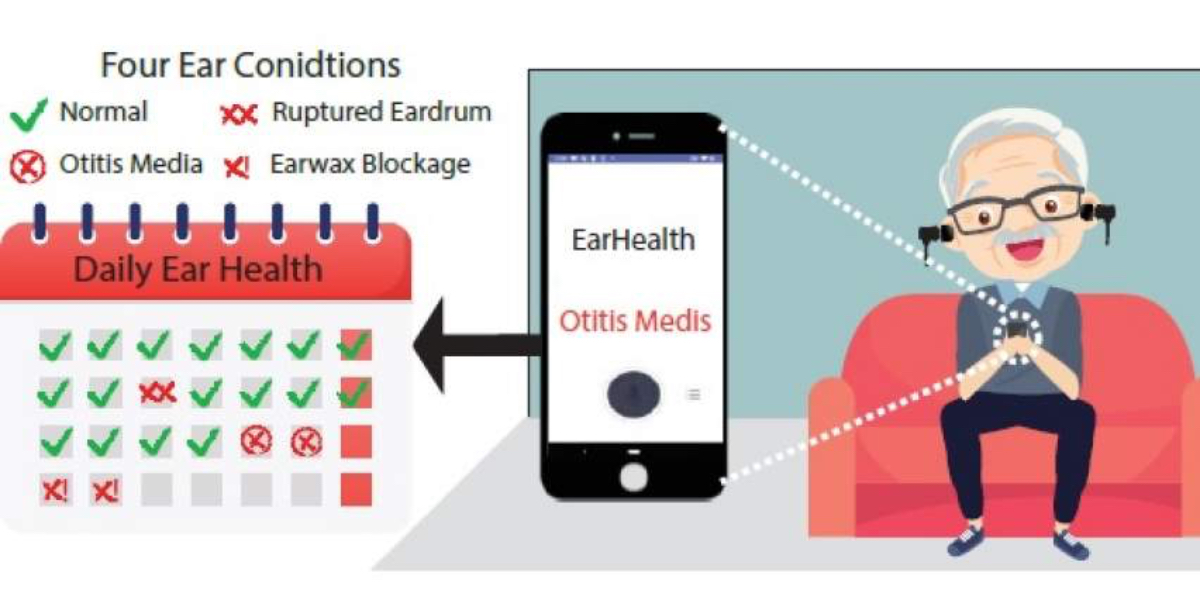AÑO
2023
CATEGORÍA
Cuerpo
OBJETIVOS
Salud y bienestar
PAL. CLAVE
hearing loss, hearing loss detection, noise pollution
PAÍS
United States of America
CRÉDITOS
University at Buffalo
LINK
https://www.buffalo.edu/news/releases/2022/08/003.html
EarHealth
Earbuds monitoring ear health
How does it work?
New University at Buffalo-led research shows how earbuds may soon be able to detect common ear infections and other ailments.
A study published in June by the Association for Computing Machinery (ACM) describes what the research team is calling EarHealth.
EarHealth works by sending a chirp through the earbuds of a healthy user. It records how the chirp reverberates throughout the ear canals, creating a profile of each user’s unique inner ear geometry.
Why is it needed?
“With people worldwide are living longer, and the prevalence of headphones, it is more important than ever to monitor one’s ear health,” says lead author Zhanpeng Jin, PhD, associate professor in the Department of Computer Science and Engineering in the University at Buffalo School of Engineering and Applied Sciences.
“With EarHealth, we have developed what we believe is the first-ever earbud-based system that monitors ear health conditions in an effective, affordable and user-friendly way,” he adds. “Because it has the potential to detect these conditions very early, it could greatly improve health outcomes for many people.”
How does it improve life?
The researchers reported EarHealth achieved an accuracy of 82.6% in 92 users, including 27 healthy subjects, 22 patients with a ruptured eardrum, 25 patients with otitis media, and 18 patients with earwax blockage.
The team is planning additional studies to refine the system. These include testing how ear hair, a history of eardrum inflammation and other factors might affect EarHealth’s performance. (University at Buffalo)



